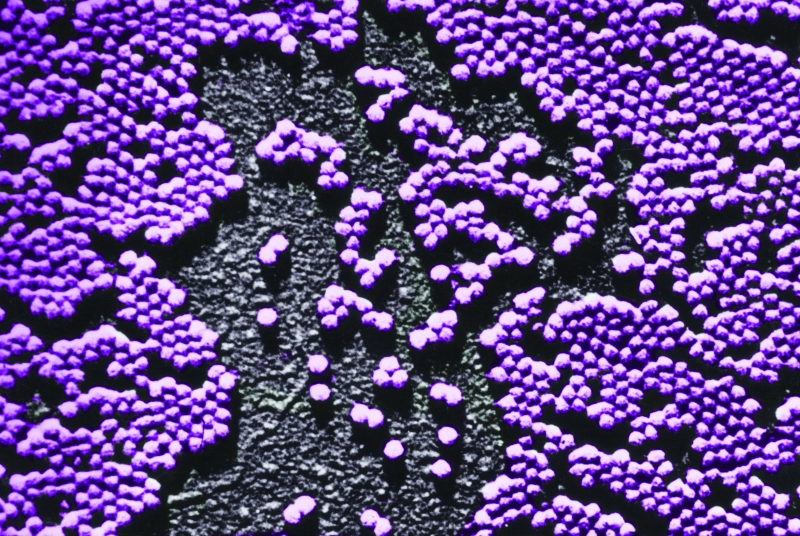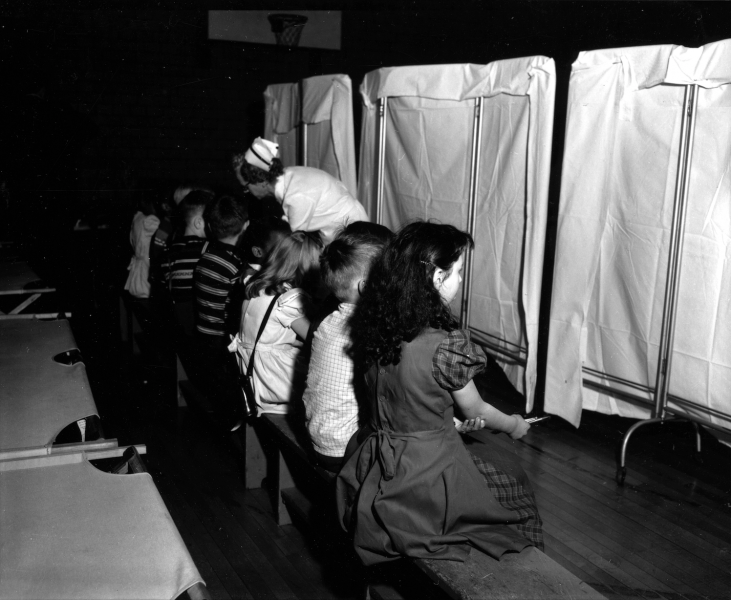
As we put this magazine to bed, Jonas Salk would have turned 102. In September 2015, 60 years after the killed-virus polio vaccine was licensed, a global commission declared wild poliovirus type 2 eradicated and instructed labs worldwide to destroy their stocks. (Though the virus reared its head again in Nigeria earlier this year.) Virologist Julius Youngner, 96, a key member of the team assembled by Salk, duly sacrificed his viral store to the autoclave, “like a good citizen,” he says. We wondered, how did it feel to observe that historic milestone? Momentous? More bittersweet, he says.
Like the rest of the country, Youngner, Distinguished Service Professor Emeritus, was euphoric when the vaccine proved viable and, decades later, immensely satisfied as he witnessed the march toward world eradication of polio. And then he was told to send off his constant lab mates—“the noninfectious mutant virus strains I developed and raised like babies”—onto their last trajectory.
Youngner reassures: “The commission is doing exactly the right thing.”
Thanks to vaccinations, at last count (in 2010), 1.09 million lives in the United States alone were spared the curse of polio.

Virus image by Omikron/Science Source. Photo courtesy University of Pittsburgh Historic Pittsburgh Image Collection. Ali Greenholt contributed to this report.
